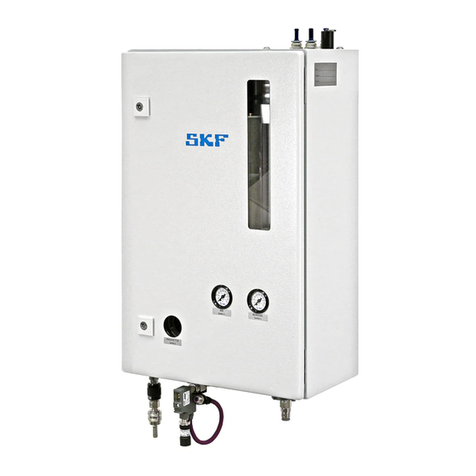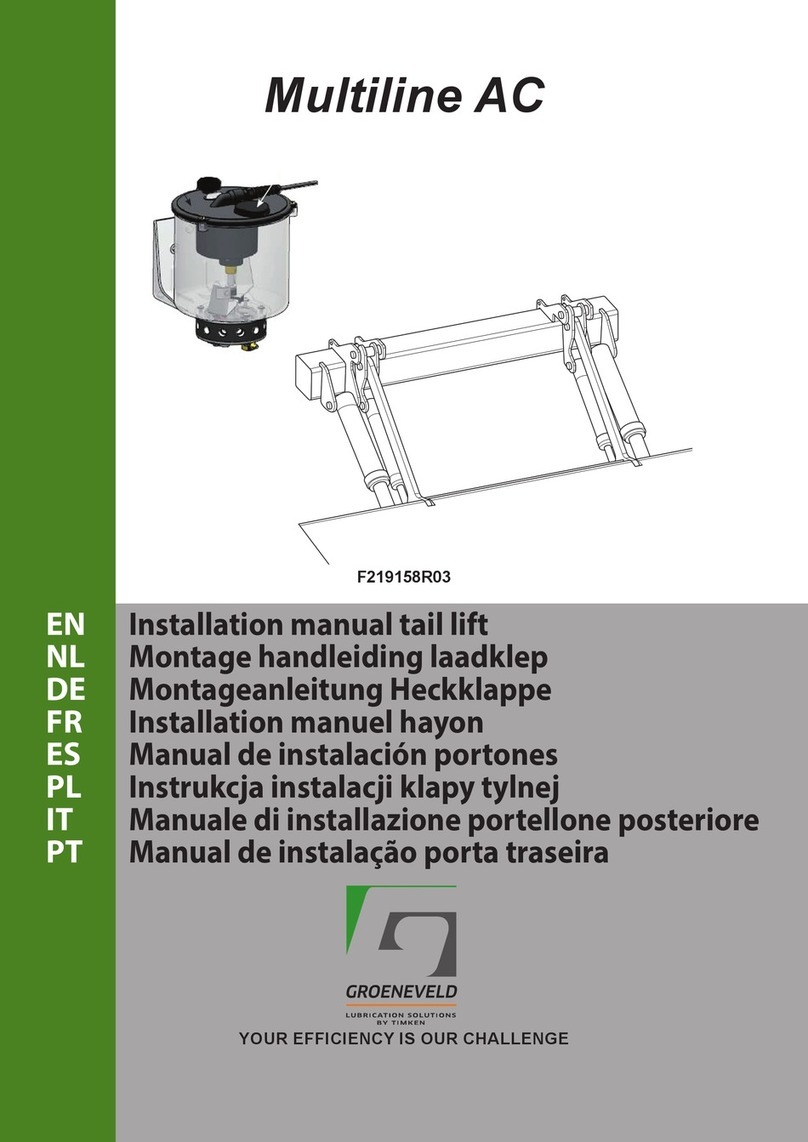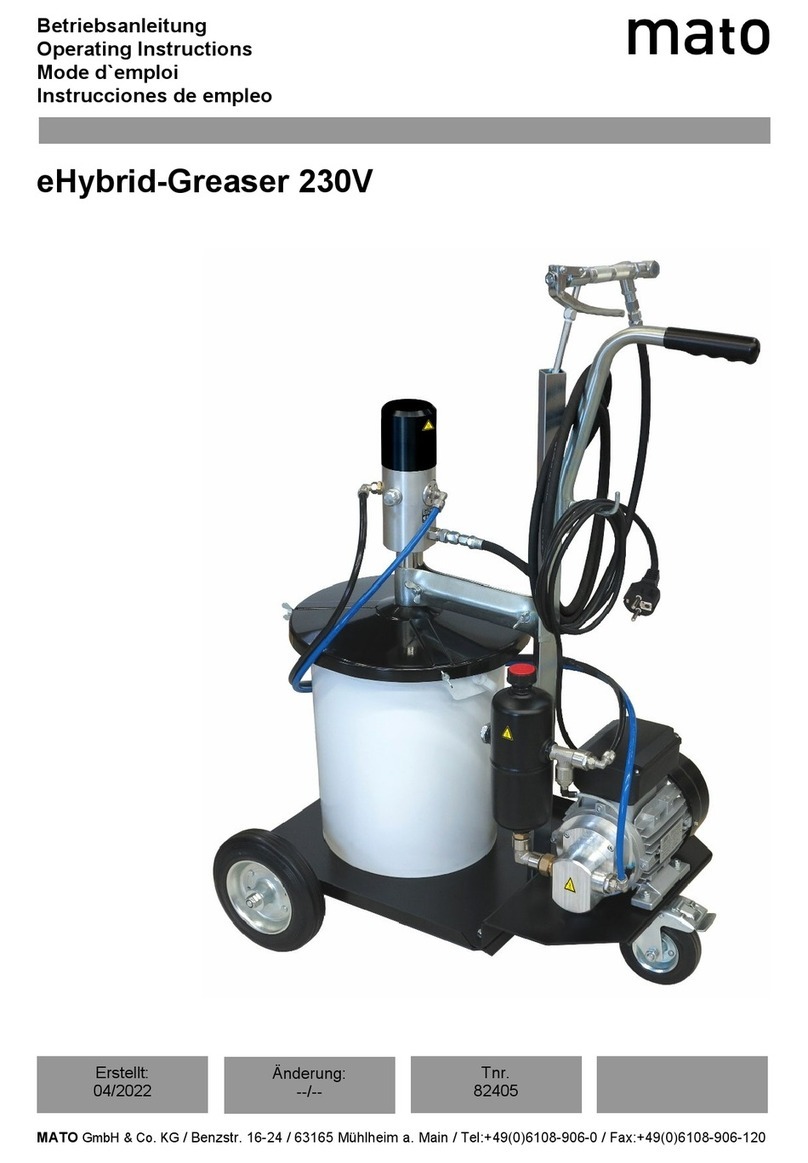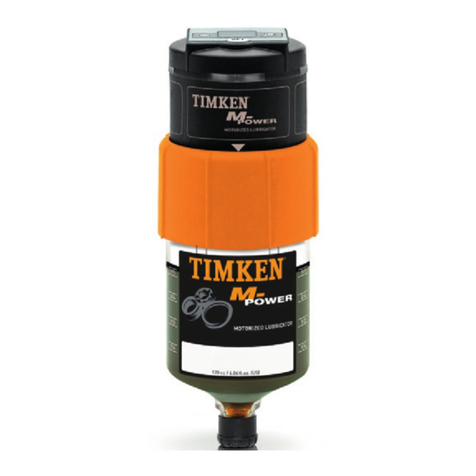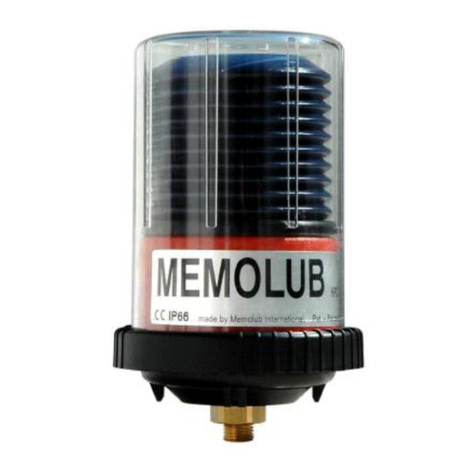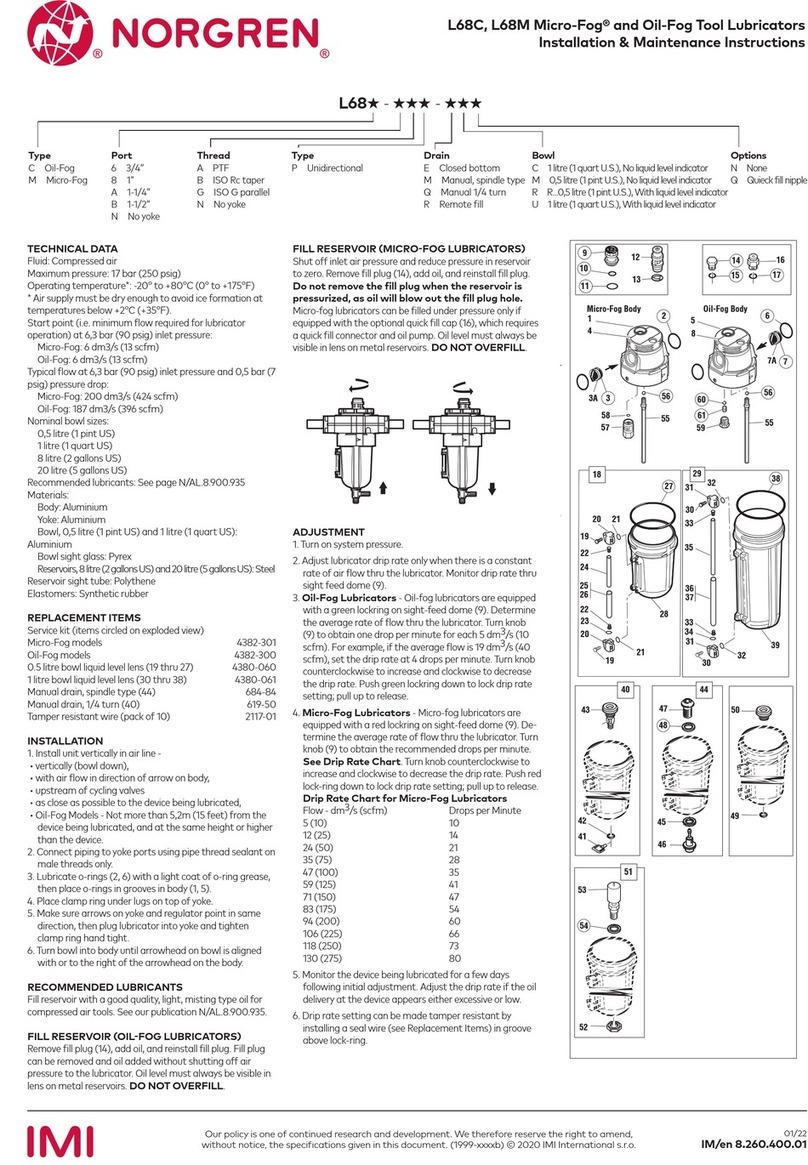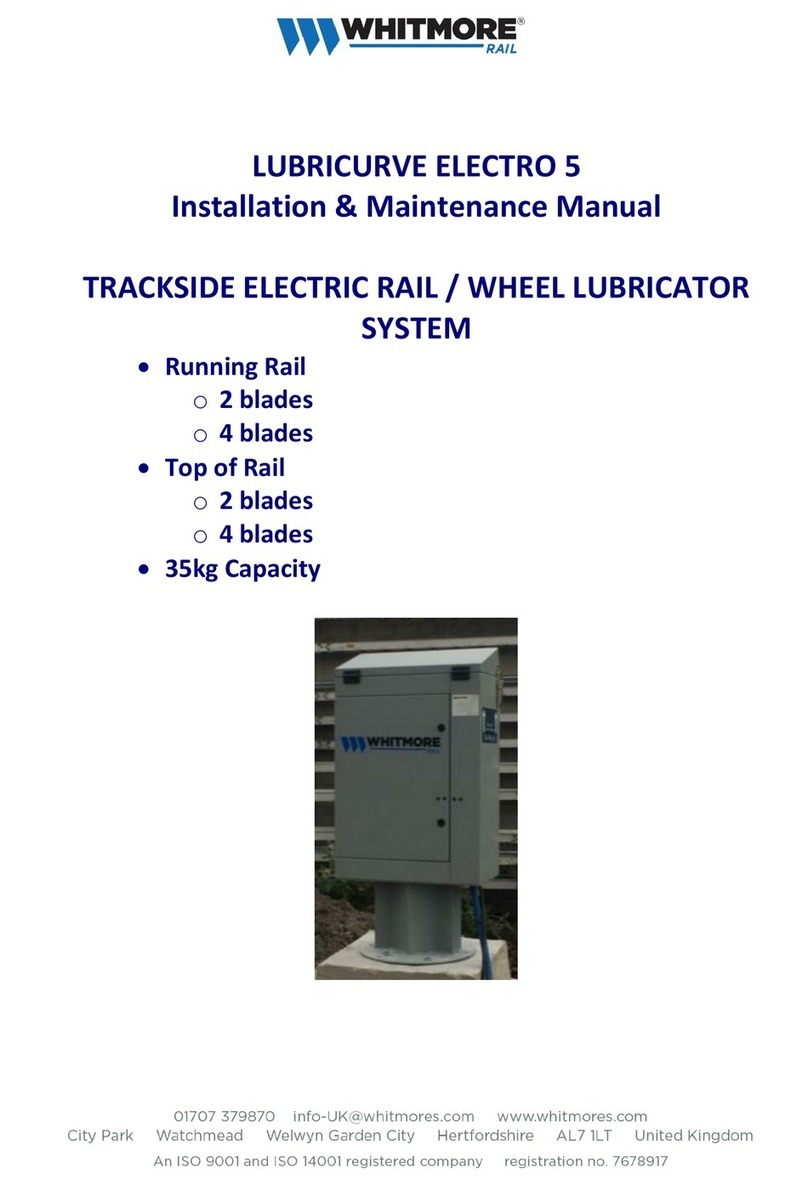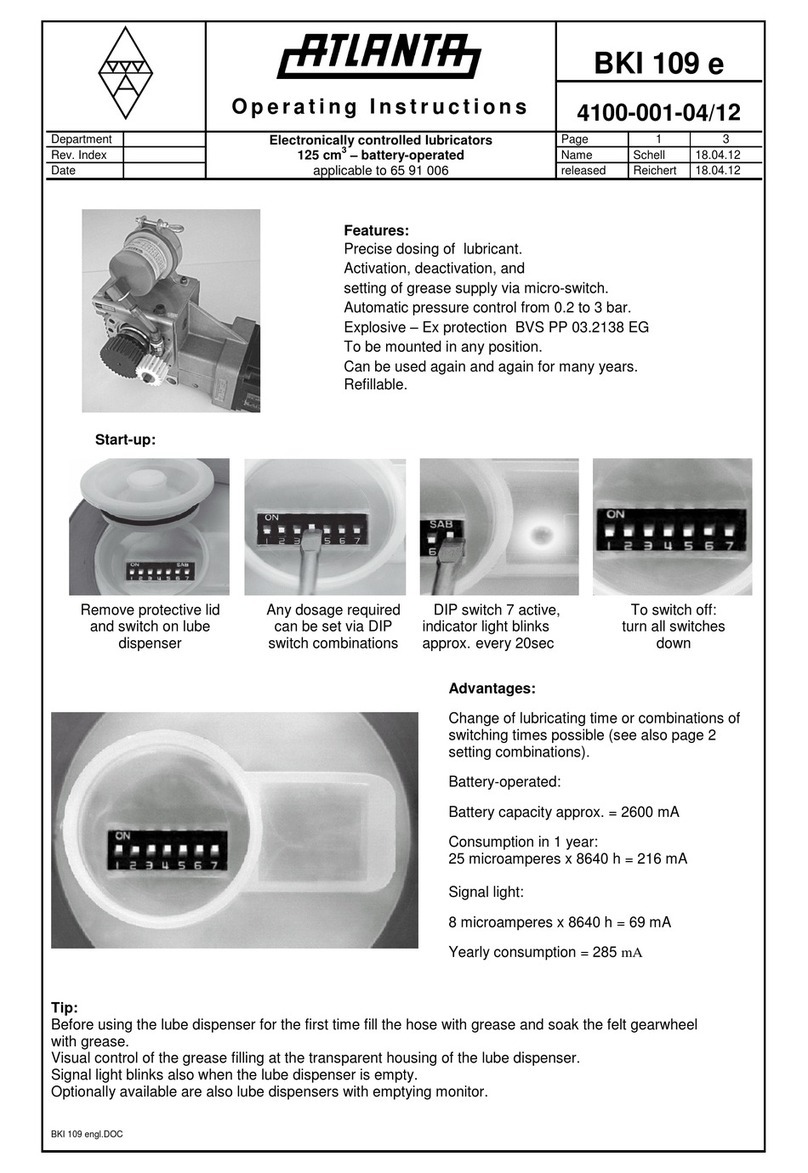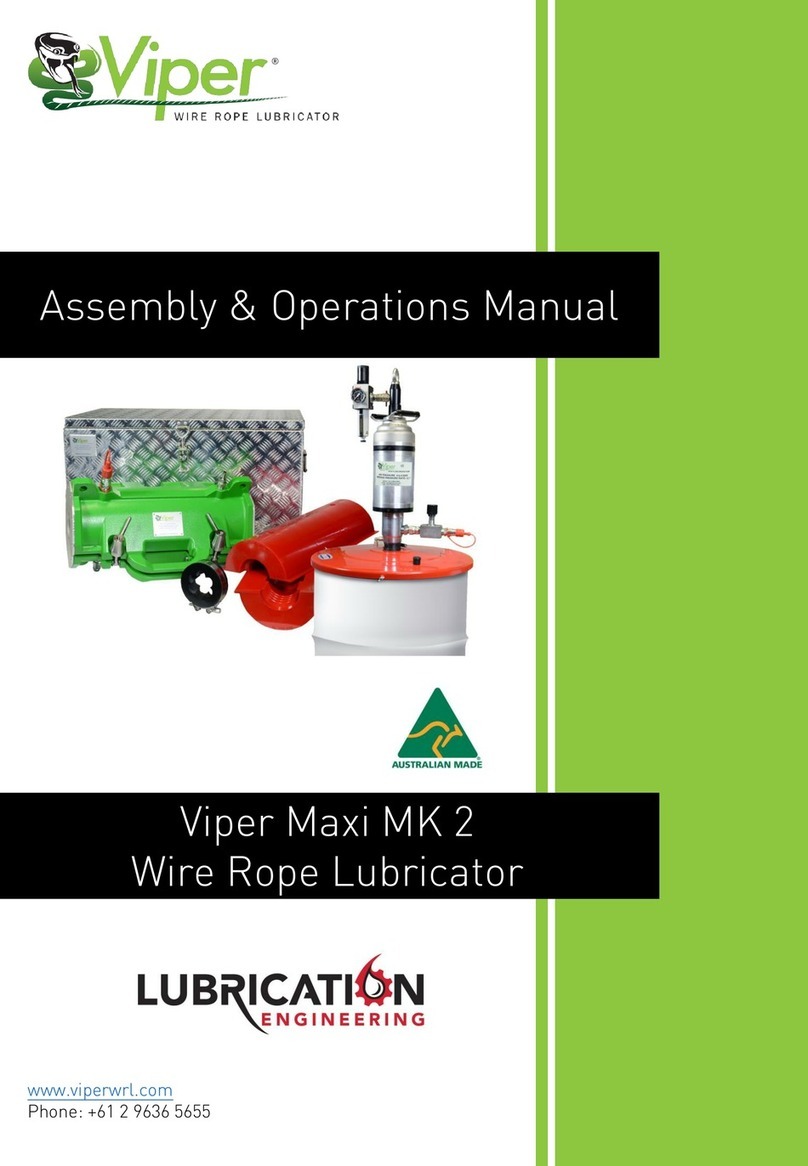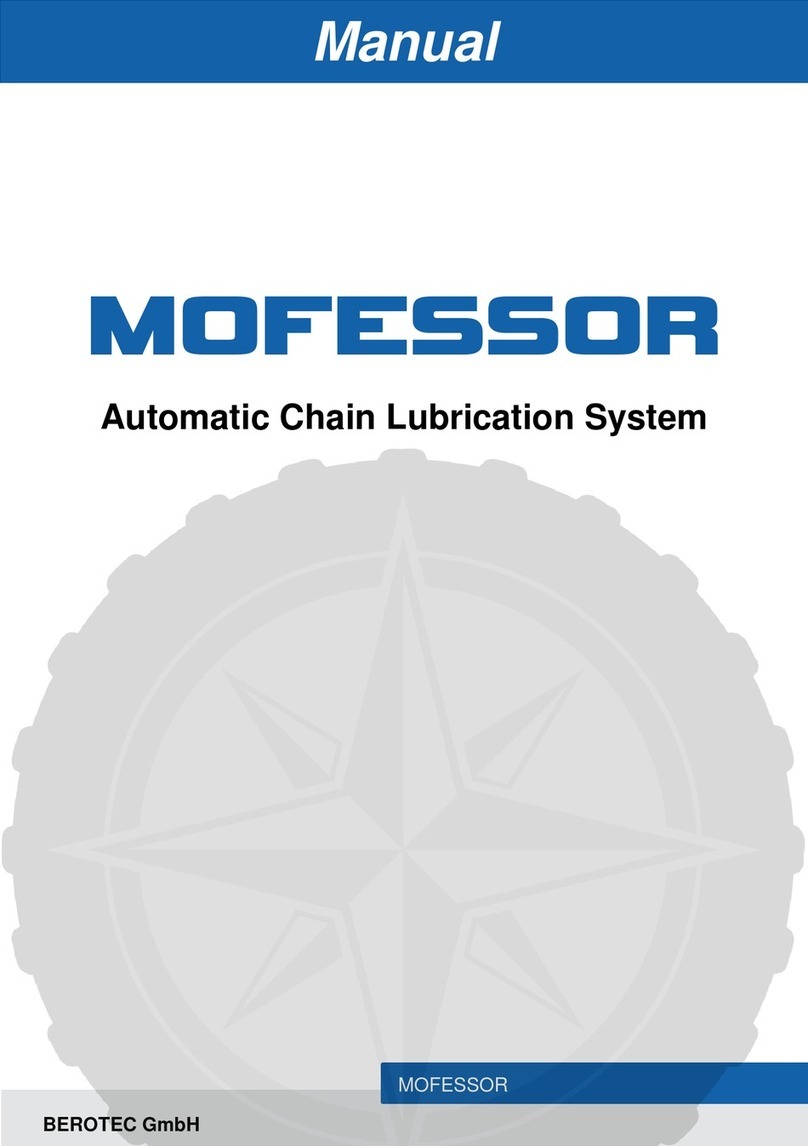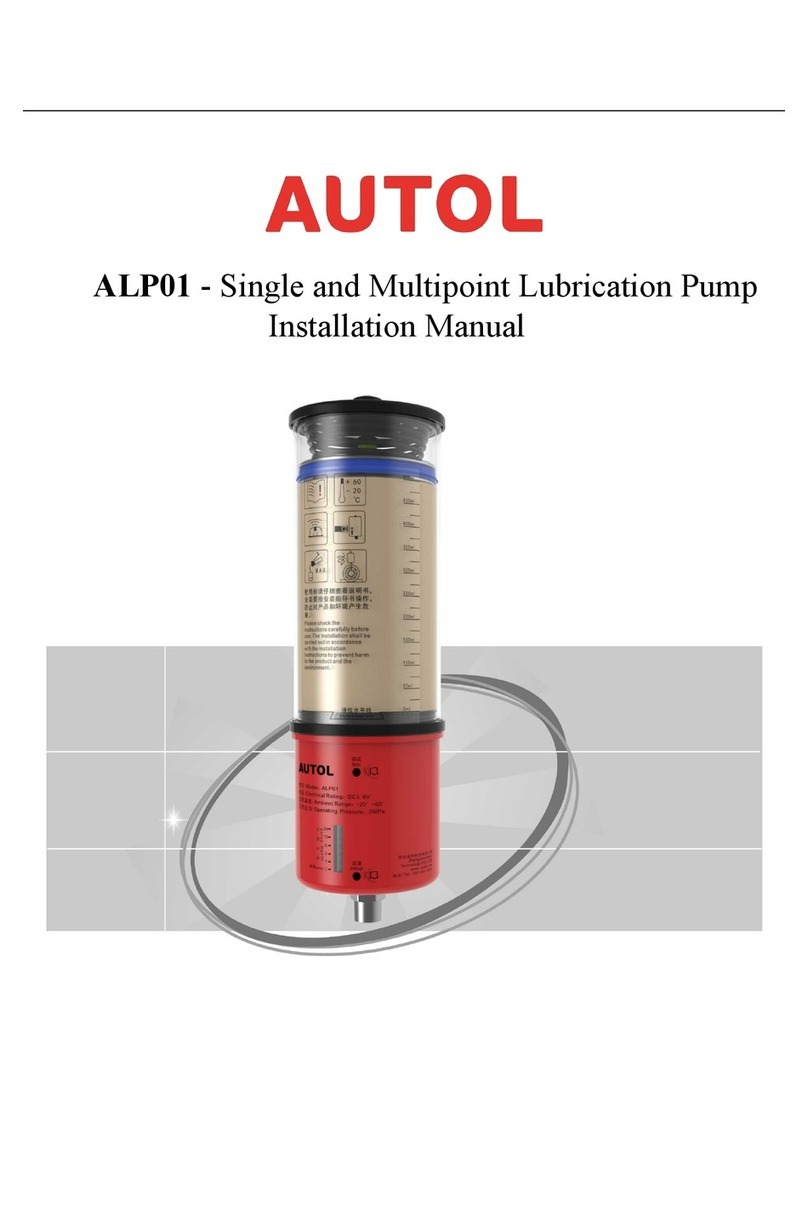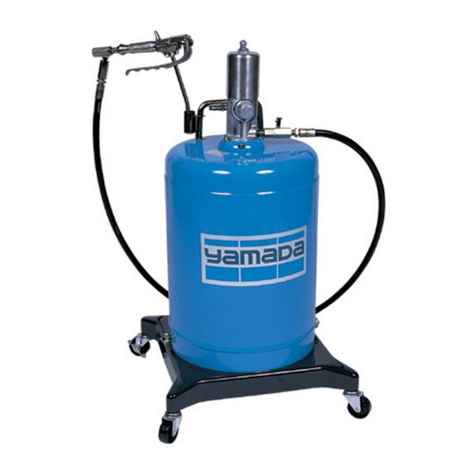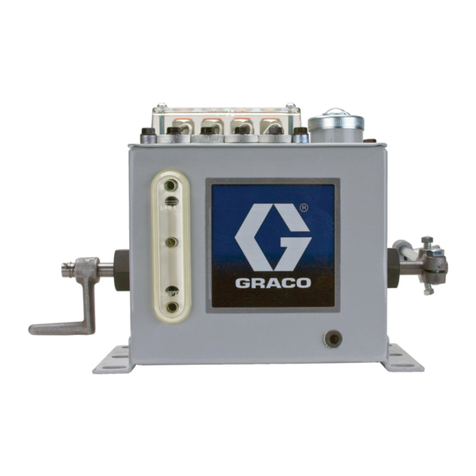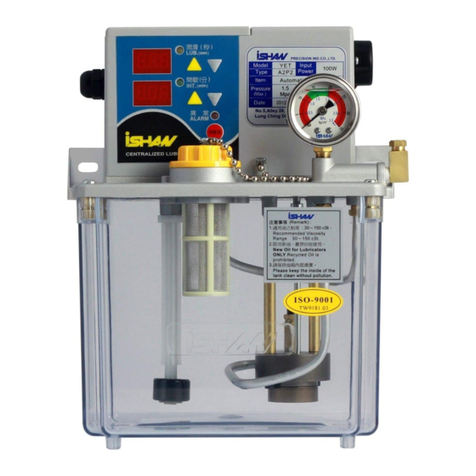
10
8 Installation Trackside Items
8.1 Fitting the Trackside Cabinet to Mounting Base
8.1.1 The sleeper or plinth base must have been fully installed before commencing any
installation of the unit.
8.1.2 The Cabinet includes mounting angle on the front and rear of the cabinet base.
8.1.3 Drill the base using the cabinet fixing holes as guides. Wood fixings require an 8mm pilot
hole and concrete requires a 12mm diameter hole. nsert the fixings and tighten securely.
One fixing in each corner of the cabinet is required. Suitable fixings are available from
Whitmore Rail to suit wood or concrete bases (part numbers LCS105-07 and LCS105-08
respectively).
8.2 Earth Bond
8.2.1 Subject to local regulation it may be required to bond the unit to the track. A 16.5 mm
diameter hole is to be drilled in the rear of the cabinet for a 16mm diameter earth stud
(Whitmore Rail part No. LCS105-11).
8.2.2 The bond itself must be supplied and fitted directly by the Rail owner authorised personnel
and not by the lubricator installer.
8.3 Fitting the Cabinet mounted Solar Panel
8.3.1 The solar panel is fixed directly to the rear and / or side of the cabinet. Using the M8
security bolts attach the spacers to the rear or side of the cabinet.
8.3.2 The cable from the solar panel is routed through a 20mm gland to the inside of the cabinet
and the ends of the cable are connected to the solar panel controller.
8.4 Battery Charger Electrical Connection
The majority of the electrical termination is completed in the Whitmore Rail factory prior to
despatch. A maximum of three site connections (including one for the Wheel Sensor, Section
10.1.4) are required, for battery charging:
8.4.1 Solar Panel Cabinet Mounted – (see section 8.5)
8.4.2 Mains Power – two pole MCB for incoming 110 or 220VAC fused and earthed mains power
(see section 8.6)
Warning!
This lubricator uses a 12V-100Ah battery which contains an acid based fluid the electrolyte. Care must be taken to avoid
the electrolyte coming in contact with the skin or clothing as the electrolyte may cause severe burns.
f the electrolyte is in contact with the skin then wash with large quantities of clean water and seek medical advice.
DO NOT expose the battery to naked flames or cigarettes
During the charging process hydrogen gasses are vented from the battery and these gasses when mixed with the air
may explode if ignited.
